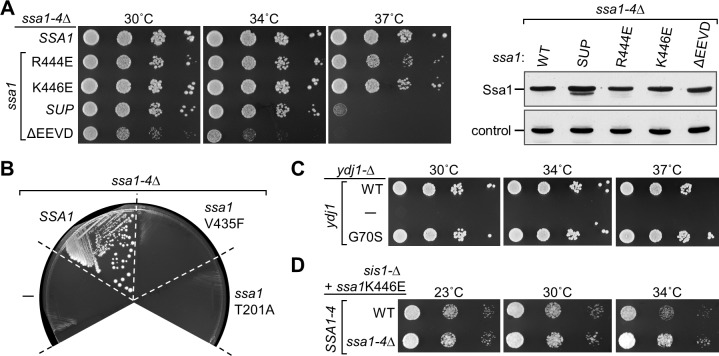Fig 8. Functionality of Ssa1 suppressor variants in cells lacking WT SSA genes.
(A) (left) Ten-fold serial dilutions of a ssa1-Δ ssa2-Δ ssa3-Δ ssa4-Δ (ssa1-4Δ) strains expressing the indicated SSA1 gene from a plasmid: WT; original suppressor isolate (ssa1SUP); deletion of codons for four C-terminal residues (ΔEEVD). Plates were incubated at the indicated temperatures for 2 days. (right) Cell lysates were subjected to immunoblot analysis to compare Ssa1 levels using antibodies raised against Ssa1 or Tim44 (control). (B) ssa1-Δ ssa2-Δ ssa3-Δ ssa4-Δ strains harboring two plasmids, one with WT SSA1 and a URA3 marker and a second TRP1-marked plasmid with no insert (-) or the indicated SSA1 gene were plated on medium containing 5-FOA. Plates were incubated for 3 days at 30°C. (C) Ten-fold serial dilutions of a ydj1-Δ strains harboring a plasmid with no insert (-) or a YDJ1 gene (either WT or with G70S substitution) were plated and incubated at the indicated temperatures for 2 days. (D) Ten-fold serial dilutions of sis1-Δ cells expressing the Ssa1K446E from a plasmid, and having either WT or deletions of SSA1-4 (ssa1-4-Δ) on the chromosome. After plating, cells were incubated at the indicated temperatures for either 4 days (23°C) or 3 days (30, 34°C).

